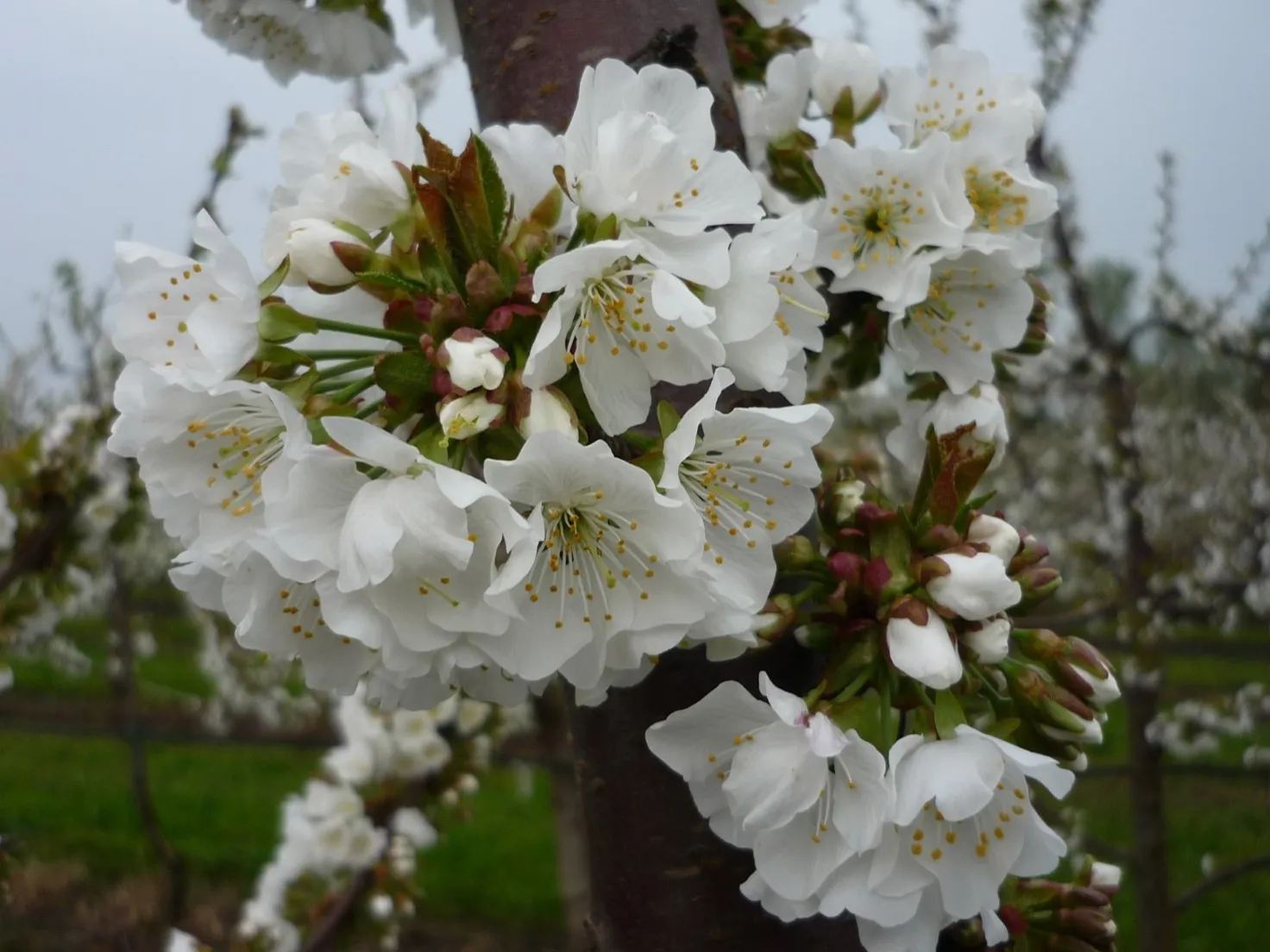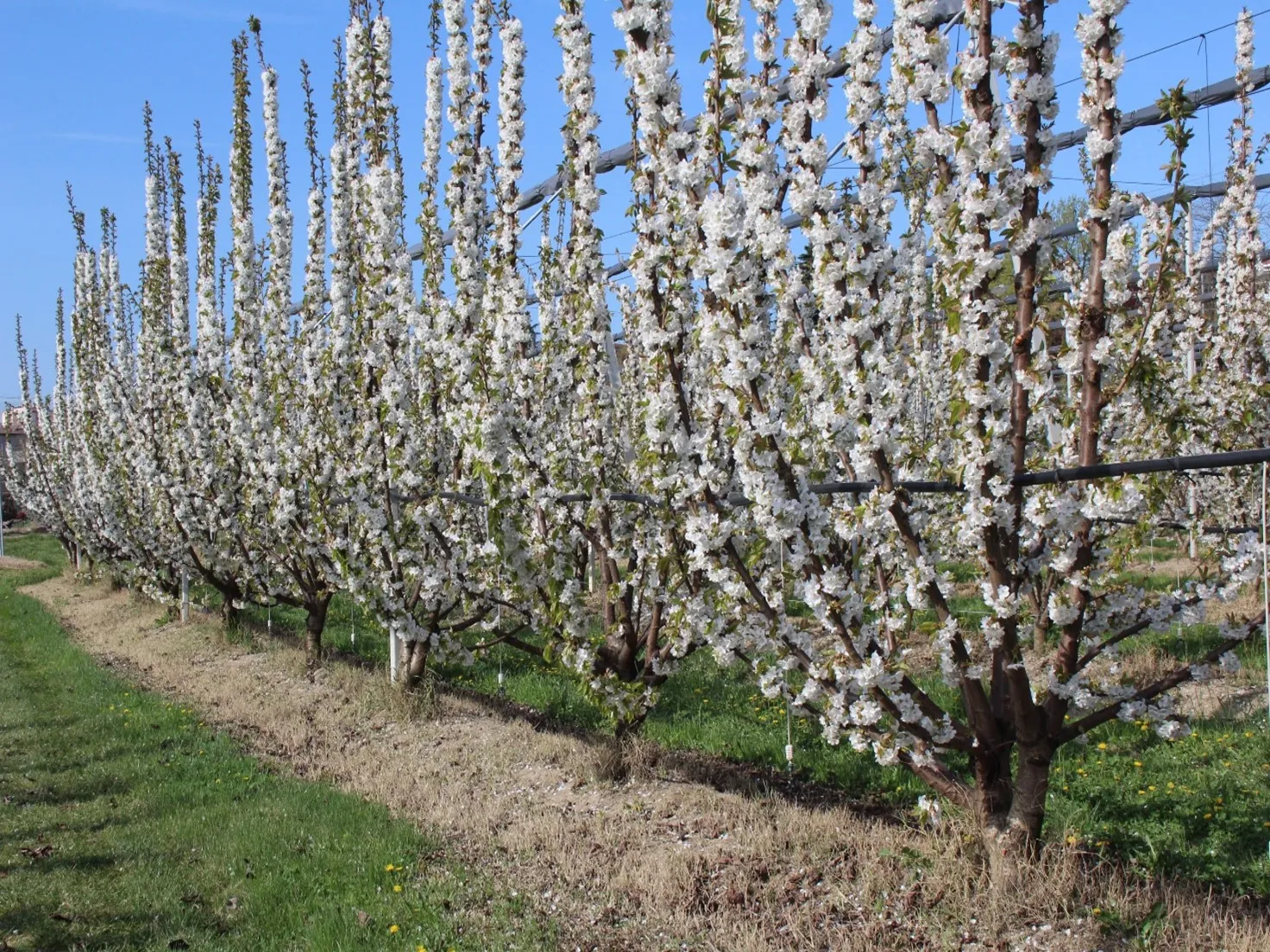There are many crops that depend on pollinators for good production, and these include the sweet cherry and sour cherry.
In response to the continuous decline of pollinators and the increasing demand for agricultural products, it is imperative to develop management strategies aimed at protecting pollinators. Considering that various research studies already exist on the subject, some researchers decided to take stock of the situation on this topic.
They conducted a systematic review of the existing literature to investigate the impact of environmental factors, insect communities and on-farm management practices on cherry pollination.
In general, many more studies concerning the sweet cherry were found, while geographically, most of the research was mainly conducted in North America and Europe.

The results of the studies show that the fruit set rate is definitely improved by the effect of pollination, regardless of the fact that cherry cultivars can be either self-compatible or self-incompatible.
It must be remembered, however, that the effectiveness of pollination is significantly influenced by temperature, as it affects pollen germination, pollen tube development and ovule longevity. In terms of biodiversity, cherry blossoms are visited by a wide range of insects, with 185 documented species.
Of these, 142 belong to the order Hymenoptera and 36 to the order Diptera. Honey bees are considered the main visitors of the flowers, with an average relative abundance of 57% of the total. The pollination performance of the different entomological groups is still unclear, as only one study has compared the effectiveness of a single visit by bees on fruit formation.
But there are not only honey bees in orchards. Studies have assessed that apoids belonging to the genus Osmia and Andrena are more efficient pollinators than honeybees and bumblebees. In summary, it has been determined that the promotion of wild pollinators, managed pollinators, or both can be effective in solving pollination deficiencies, depending on the needs of the cultivars and the landscape context.

The preservation of semi-natural habitats surrounding orchards can further enhance flower visitation by wild bees. However, there are still many points of clarification to be made: for example, it is not yet understood whether and how cultivation under polyethylene tunnels and the application of pesticides affects the presence of beneficial insects.
Other practices, such as increasing on-farm flower resources, have shown controversial results so far. To ensure a sufficient supply of high quality compatible pollen and to encourage the proliferation of wild pollinators, on-farm management strategies can be customised according to the cultivated varieties.
Hence, guidelines are needed to provide effective and innovative solutions for farmers to improve pollination services. To do this, many skills are needed, from horticulture to agronomy, from applied entomology to landscape ecology.
But first, it is necessary to understand in detail the needs of individual insect groups and how to manage them more appropriately, for a sustainable and conscious cherry production.
Sourcee: Julia Osterman, Zeus Mateos-Fierro, Catarina Siopa, Helena Castro, Sílvia Castro, Maxime Eeraerts, The impact of pollination requirements, pollinators, landscape and management practices on pollination in sweet and sour cherry: A systematic review, Agriculture, Ecosystems & Environment, https://doi.org/10.1016/j.agee.2024.109163.
Photos: SL Fruit Service
Melissa Venturi
University of Bologna (IT)
Cherry Times - All rights reserved












